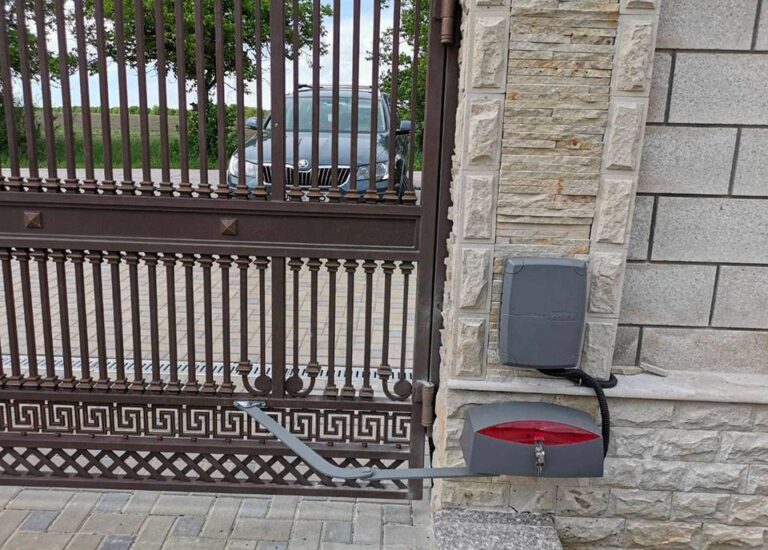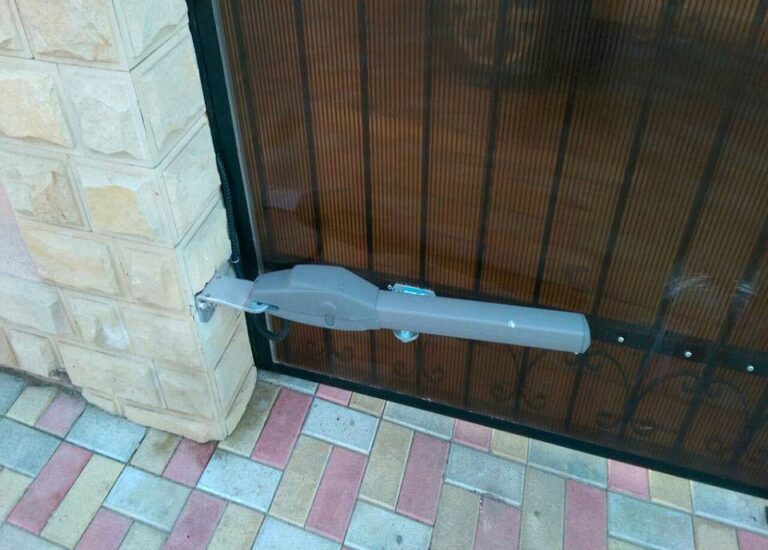Stylish and practical swing-gate motors from LIFE Home Integration
In the current market scenario in which “automating” has become the buzz word, every sector is searching for smarter, faster and more user-friendly solutions for accelerating all the processes that simplify our daily lives.
Gates, garage doors and barrier gates are among the foremost items of this system, which assumes an even greater importance when the issue of security comes into play. Many of the unpleasant events we hear on the news could be avoided with the latest control systems.
Unfortunately, as occurs with many technology sectors, the motor automation sector for gates, doors and barriers risks being perceived as a complicated maze to people approaching it for the first time: that’s why the best solution is to rely on professionals that provide high-quality products made entirely in Italy, with rigorous quality control procedures.
This is the company philosophy and guiding principle behind the daily activities of LIFE Home Integration, which makes sure that each single product is tested before being put on the market.
Among the various Life product lines, this article will focus on motors for swing gates.
OPERATION OF SWING-GATE MOTORS
Let’s start by looking at how a swing-gate motor generally works.
Like any automatic gate, the manoeuvre is powered by a motor.
A remote control triggers a control unit that sends a signal to the motor, prompting it to move the gate.
The control unit also receives and sends other types of signals, such as those coming from photocells or other external accessories, or can also be used to communicate with home automation systems.
Whenever the photocells detect an obstacle within their range of action, the control unit immediately sends a signal which instantly stops the gate.
More specifically, a swing-gate motor drives leaves that open and close by rotating on a fulcrum towards the inside: this means that during installation it is necessary to leave enough space for the leaf to open, an aspect that should not be overlooked and that can lead to various issues.
In choosing the most suitable automation device, the following aspects should be considered:
• the configuration of the gate on which the motor must be installed, which can have one or two leaves
• the leaf dimensions, in terms of weight and length
• the state of the door panel: open or panelled
• the type of hinges
• the frequency of use
• the mechanical condition of the leaf system
The type of automation unit must be selected on the basis of these features. If the arm installed is not suitable for the type of gate, the normal opening and closing manoeuvres may be hindered.
ADVANTAGES OF LIFE AUTOMATION UNITS
The wide range of swing-gate motors offered by LIFE Home Integration allows for satisfying a wide variety of potential installations. Each motor and kit for LIFE automatic swing gates with one or two leaves have their own distinctive features.
Our Optimo range is the most flexible solution that suits any context, including installation on sloping ground. Yet its most distinctive feature is without doubt its exceptional mechanical performance that allows for moving very large leaves even in the most challenging conditions, such as very strong wind. It is generally used as a motor for two-leaf swing gates.
Armor is our swing-gate motor with 24 V motors that can be installed on large pillars with leaves measuring up to 2.5 metres. The attractive design features a built-in control unit on the motor, which reduces the installation times and avoids having to attach the box with the control unit externally.
Another solution is Sinuo, with 230 V motors, that can also be used with large-size pillars or leaves.
Both Armor and Sinuo can be used on a single or double leaf.
The range is completed by Ergo, the buried swing-gate motor that performs optimally even under the most extreme conditions: its mechanical assembly is indeed among the sturdiest on the market.
If we look beyond the general description of Life swing-gate motors, what truly sets these automation devices apart, making them stand out from the numerous solutions available on the market, is their unrivalled ease of installation.
The control unit is programmed automatically and the settings are managed autonomously by the software, but the user can always choose to manage programming manually.
There is no need to read endless manuals, download apps or follow guided procedures that could lead to doubts and errors. Programming only takes one minute.
Any installer, even if not trained directly by Life, can rapidly install a Life automation unit without any support and with almost zero margin of error.
This is the product of our research and experience,
this is our true strength.

